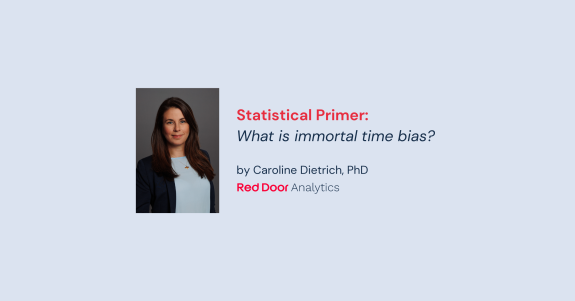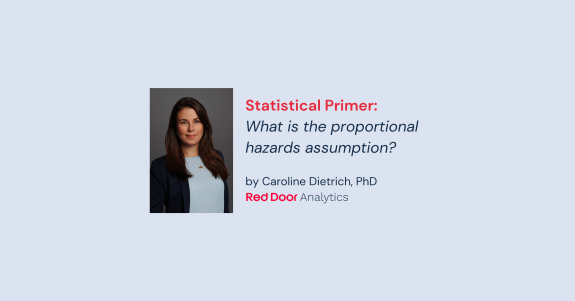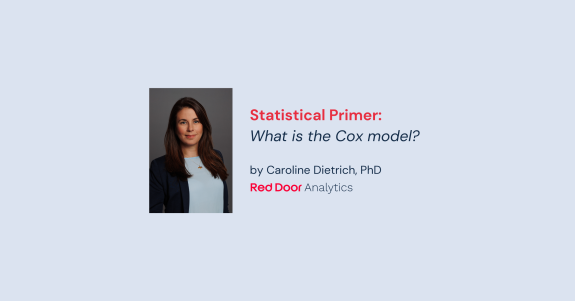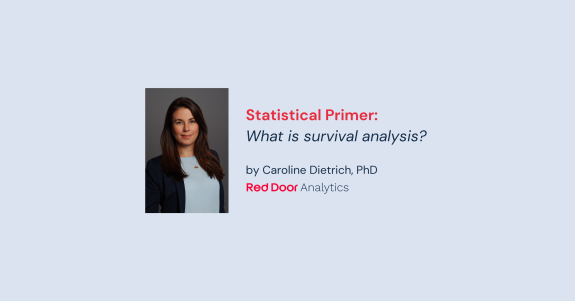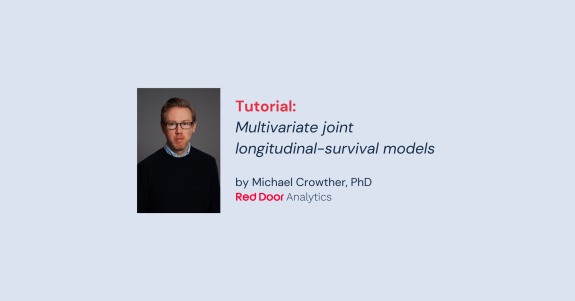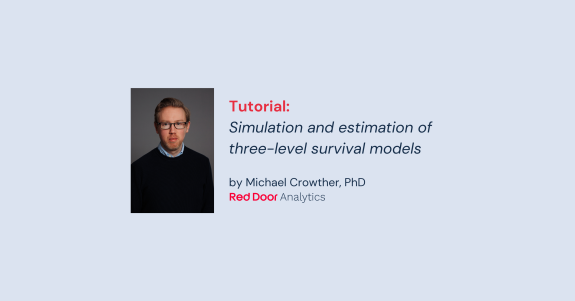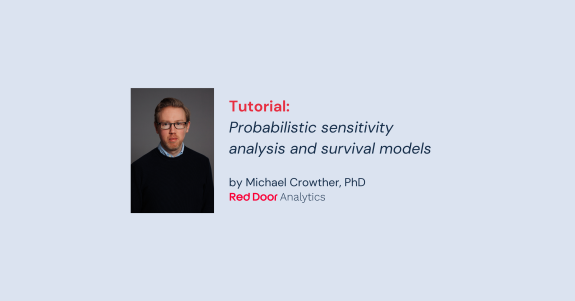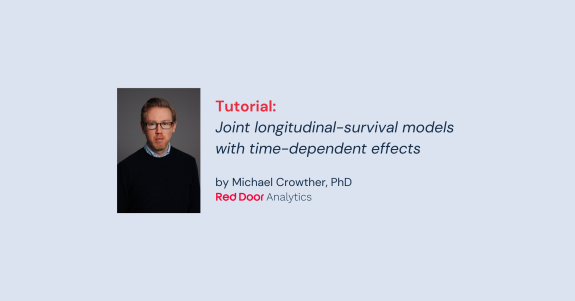Take a look at our freely available resources library, covering entry-level and advanced topics
RDA RESOURCES
Scroll Down

What is immortal time bias?
Immortal time bias Immortal time bias is a type of bias that can occur in observational research when the study design allows for a period of time during which the outcome of interest cannot occur, often referred to as “immortal time”. Simply put, immortal time bias occurs when information from a future event is incorporated into the […]
Learn more What is the proportional hazards assumption?
Proportional hazards Proportional hazards in survival analysis means that the rate at which an event of interest occurs over time for two or more groups or individuals is proportional over time. Specifically, it assumes that the hazard ratio, which represents the relative rate of an event occurring between two groups or individuals, is constant over […]
Learn more What is censoring?
Censoring refers to a situation in survival analysis where the event of interest is not observed for some of the individuals under study. In this Statistical Primer, we’ll define three types of censoring often seen in survival analysis studies. Censoring occurs when the information on the survival time is incomplete or only partially observed. Censoring […]
Learn more What is the Cox model?
The Cox model The Cox model, also known as the proportional hazards model, is a popular statistical tool used to analyse survival data. It was developed by British statistician Sir David Cox, and published in 1972. It has gained popularity largely by avoiding making parametric assumptions about the shape of the baseline rate in a […]
Learn more What is survival analysis?
Survival analysis is a statistical method used to analyse the time until an event of interest occurs. The key feature of survival analysis is that the outcome has two dimensions: – an event indicator (yes/no), and – the time spent at risk for the event All survival analyses require precise definitions of start and end of […]
Learn more Multivariate joint longitudinal-survival models
Joint longitudinal-survival models have been widely developed, but there are many avenues of research where they are lacking in terms of methodological development, and importantly, accessible implementations. We think merlin fills a few gaps. In this post, we’ll take a look at the extension to modelling multiple continuous longitudinal outcomes, jointly with survival. For simplicity, I’ll concentrate […]
Learn more Simulation and estimation of three-level survival models: IPD meta-analysis of recurrent event data
In this example I’ll look at the analysis of clustered survival data with three levels. This kind of data arises in the meta-analysis of recurrent event times, where we have observations (events or censored), k (level 1), nested within patients, j (level 2), nested within trials, i (level 3). Random intercepts The first example will […]
Learn more Probabilistic sensitivity analysis and survival models
Today we’re going to take a little look into probabilistic sensitivity analysis (PSA), and how it can be implemented within the context of survival analysis. Now PSA is used extensively in health economic modelling, where a particular parameter (or parameters) of interest, are altered or varied, to represent different scenarios and levels of variation. We […]
Learn more Joint longitudinal-survival models with time-dependent effects (non-proportional hazards)
In this post we’ll focus on how to model time-dependent effects (non-proportional hazards), specifically within a joint longitudinal-survival model. Now joint models are becoming commonplace in medical research, but as always, the fundamentals still matter, and indeed are often ignored. We’re going to look at how to account for time-dependency in both baseline covariates in […]
Learn more 
